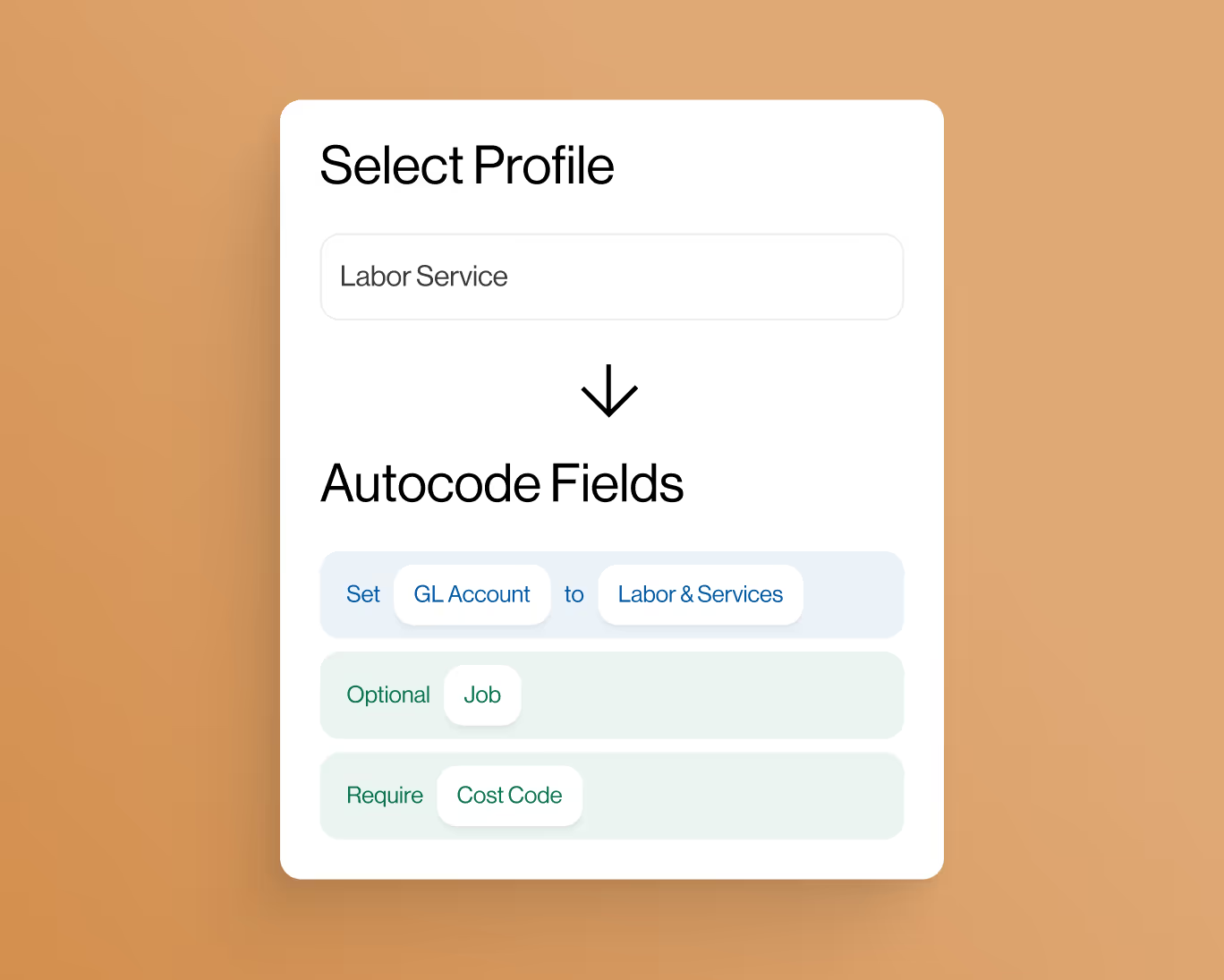Time-Weighted Rate of Return (TWR) in Construction: Understanding Performance Measurement and Investment Analysis
In the construction industry, evaluating the financial performance of projects and investments is crucial for making informed decisions and achieving long-term success. The Time-Weighted Rate of Return (TWR) is a powerful tool used in construction project management to measure investment performance and assess the returns earned on invested capital. By factoring in the impact of time and project cash flows, TWR provides a fair and accurate assessment of investment growth over different time periods. In this blog post, we will explore the concept of Time-Weighted Rate of Return in construction, its calculation, and its significance in analyzing investment performance.
Understanding Time-Weighted Rate of Return (TWR)
The Time-Weighted Rate of Return (TWR) is a method of calculating the rate of return on an investment over a specific time period. Unlike other performance measures, such as the Money-Weighted Rate of Return, TWR eliminates the impact of cash flows on investment returns. Instead, it focuses on how the investment portfolio performs, independent of when contributions or withdrawals were made.
In construction, the TWR is commonly used to evaluate the performance of construction projects, real estate investments, and other capital-intensive ventures. It allows project managers and stakeholders to assess the financial success of a project while considering the effects of the project's timing and cash flow fluctuations.
Calculation of Time-Weighted Rate of Return (TWR)
The Time-Weighted Rate of Return is calculated through a multi-period formula, involving the following steps:
- Subperiod Returns: The first step is to calculate the returns for each subperiod. Subperiods are defined as intervals between cash flows or valuation dates, typically monthly, quarterly, or annually.
- Linking Subperiod Returns: Once the subperiod returns are calculated, they are linked together geometrically to derive the overall TWR for the entire investment period. This geometric linking accounts for the compounding effect of returns over time.
- Annualization: Finally, the annualized TWR is computed to express the investment's rate of return on an annual basis, making it easier to compare with other investment options or industry benchmarks.
Importance of Time-Weighted Rate of Return in Construction
The Time-Weighted Rate of Return is highly valuable in construction project management and investment analysis due to the following reasons:
- Objective Performance Measurement: TWR provides an objective measure of investment performance, free from the influence of external cash flows or investor contributions. It offers a fair comparison of investment returns over different periods.
- Realistic Assessment of Growth: By considering the timing and compounding effects of investment returns, TWR provides a realistic assessment of investment growth, reflecting the actual performance of the investment portfolio.
- Comparability: The annualized TWR allows for easy comparison of different investment options or projects, aiding in decision-making and capital allocation.
- Performance Evaluation: TWR enables project managers and stakeholders to evaluate the financial performance of construction projects and investments accurately. It helps identify successful ventures and areas requiring improvement.
- Effective Risk Management: Understanding the rate of return on investments helps construction professionals manage risk effectively and make informed decisions about investment diversification.
Challenges and Considerations
While the Time-Weighted Rate of Return is a valuable performance measure, it is essential to be aware of certain challenges and considerations when using it in construction and investment analysis:
- Impact of Fees and Costs: TWR does not account for fees, expenses, or taxes associated with investments, which can impact the net returns received by investors.
- Appropriate Benchmark Selection: Selecting an appropriate benchmark is essential for meaningful comparison and evaluation of investment performance relative to market trends and similar investments.
- Data Accuracy and Consistency: Accurate and consistent data inputs are crucial for calculating a reliable TWR. Inaccurate or incomplete data can lead to misleading performance measurements.
- Timing of Cash Flows: While TWR eliminates the impact of cash flows on returns, the timing of cash flows can still influence investment outcomes. Consideration of cash flow timing is important when evaluating investment decisions.
- Long-Term Investment Horizons: TWR is most effective for long-term investments. Short-term fluctuations may not be adequately captured in the calculation.
Conclusion
The Time-Weighted Rate of Return (TWR) is a powerful performance measure used in construction project management and investment analysis. By providing a fair and objective assessment of investment growth over different time periods, TWR enables project managers and stakeholders to make informed decisions, evaluate investment performance, and manage risks effectively. Construction professionals can leverage TWR to maximize financial returns, optimize project investments, and achieve long-term project success.










